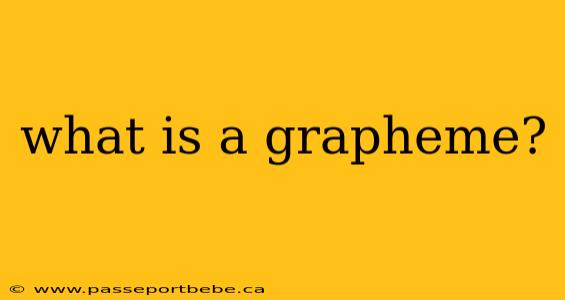A grapheme is the smallest functional unit of a writing system. It can be a letter, a numeral, a punctuation mark, or a special character used in a language to represent phonemes (the sounds in spoken language) or other meaningful units.
Understanding Graphemes
Types of Graphemes
Graphemes can be categorized based on their nature:
- Alphabets: These include letters in the alphabet, such as 'a', 'b', 'c', etc.
- Digits: Numbers also count as graphemes, such as '0', '1', '2', etc.
- Punctuation Marks: Symbols like '.', ',', '!', and '?' serve as graphemes as well.
- Diacritics: These are marks added to letters that alter their pronunciation or meaning, such as accents in French (é, à, ü).
Graphemes vs. Phonemes
It is essential to distinguish between graphemes and phonemes. While graphemes are related to written symbols, phonemes refer to the sounds of spoken language. For instance, the English word "cat" consists of three graphemes ('c', 'a', 't') and three corresponding phonemes (/k/, /æ/, /t/). However, the grapheme 'c' may represent different phonemes in other contexts, as in "circle," where it represents /s/.
Importance of Graphemes
In Literacy and Language Learning
Graphemes play a crucial role in literacy development. Understanding the relationship between graphemes and their corresponding phonemes helps learners decode words, which is fundamental for reading and writing.
In Linguistics and Language Processing
In linguistics, graphemes are essential for studying written language. They assist in understanding the structure and function of language, language processing, and how different writing systems relate to the spoken language.
Conclusion
In summary, graphemes are fundamental components of written language that encompass letters, numbers, punctuation, and more. Their significance extends to literacy, education, linguistics, and various fields involved in the study of language and communication. Understanding graphemes is vital for mastering reading and writing skills, making them a key focus in language education.
